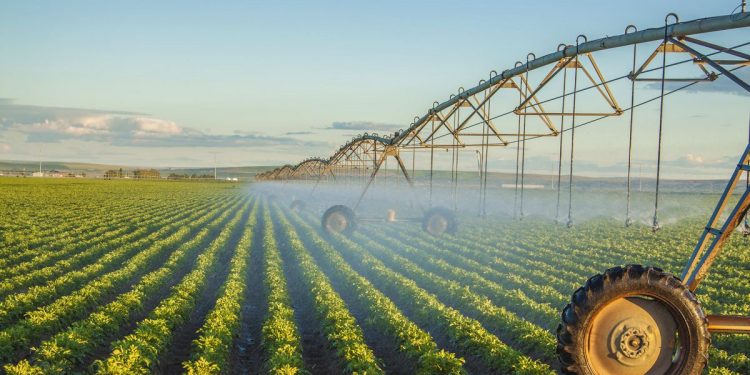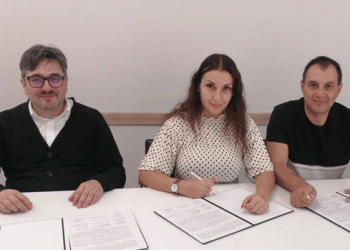Analysts from the Institute for Agricultural Research at the Higher School of Economics named promising areas for the development of technologies in Russian agriculture. Digital transformation and robotization will change the structure of employment, reducing dependence on low-skilled labor, on the one hand, and placing ever higher and rapidly changing demands on key competencies, on the other. The study was published in the Russian Journal of Economics.
In recent years, agriculture has become one of the fastest growing sectors of the Russian economy.
www.hse.ruPhoto: www.hse.ru
According to the Federal Center Agroexport, Russian exports of agricultural products in 2021 increased by 21%, to $37.1 billion, compared with a year earlier. During the year, Russia supplied more than 71 million tons of food and agricultural raw materials to foreign markets. The production of individual products shows historical records. The country has gone from being a sustainable importer of basic food commodities to a prominent supplier to the global market.
The growth of the agricultural sector was helped by the inflow of investments and improved quality of management. The imposition of a food embargo and the subsequent process of import substitution allowed technological innovation to enter the industry. However, today these growth factors have practically exhausted themselves, and the gap in the dynamics of innovation, not only in comparison with the leading countries, but also in terms of average indicators of industrial production, remains.
To determine in what areas it is possible to improve technologies in Russian agriculture, analysts from the HSE Institute for Agricultural Research analyzed global trends in private investment in technological innovation.
Then the researchers conducted an expert survey among representatives of the largest Russian corporations in order to understand whether they invest in innovation, and if so, in which ones and how they will do it in the future. The results of the expert survey showed a great interest of business in new areas and a high level of awareness of the main global technological trends and trends.
The strongest influence on the development of the agro-industrial complex in the coming years will be exerted by:
- Digital technologies. Digitalization and the introduction of the Internet of things (including the corresponding component base in the form of sensors, sensors, etc.) will have the strongest impact on the processes of innovative transformation of the industry in the next 3-5 years. In the future, however, with the widespread introduction of such technologies, their influence will gradually decrease and will be directed mainly to optimizing already created solutions and building new schemes based on them.
- Agrobiotechnologies. Among the most significant technologies, experts single out genomic selection, new biotechnologies for plant protection and animal health, and the development of synthetic biology.
- Robots and automated equipment. Such decisions are already beginning to change the industry, and the main trend in the medium term (up to 5 years) will be the spread of unmanned aerial vehicles, automatic control systems for machinery, and in some segments, robotic equipment. In the long term (more than 5 years), according to experts, the technology in the industry will change dramatically. More and more self-managed systems, unmanned heavy equipment, and new sources of energy will be introduced.
- Transition to new foods. In the long term (over 5 years), a number of experts expect fundamental changes in the industry associated with the widespread use of alternative technologies for obtaining traditional products, both food and feed. This is an unconditional threat to the crop and livestock industries.
- Introduction of new farming systems (vertical farms, container farms, etc.). According to experts, in the coming years it will be held back by high energy costs. However, in the future, as these barriers are overcome and the efficiency of alternative energy and energy saving technologies increase, such models can significantly change the vegetable growing industry.
Impact rating of key technologies and trends.
Despite the growth of innovative activity of domestic producers, the Russian agro-industrial complex is quite far inferior in this indicator not only to the leading countries, but also to the average indicators for industrial production in the Russian Federation. Investments in research and development, and, accordingly, their importance in the overall cost structure remain at a fairly low level.
Meanwhile, the structure of innovation is changing positively. Manufacturers are increasingly introducing new products to the market. The results of an expert survey of representatives of the real sector show a high interest in the transition to a new technological stage, a willingness to invest in innovation and form a public-private partnership in the scientific and technical field.
However, this interest focuses mainly on the catch-up model implemented.








